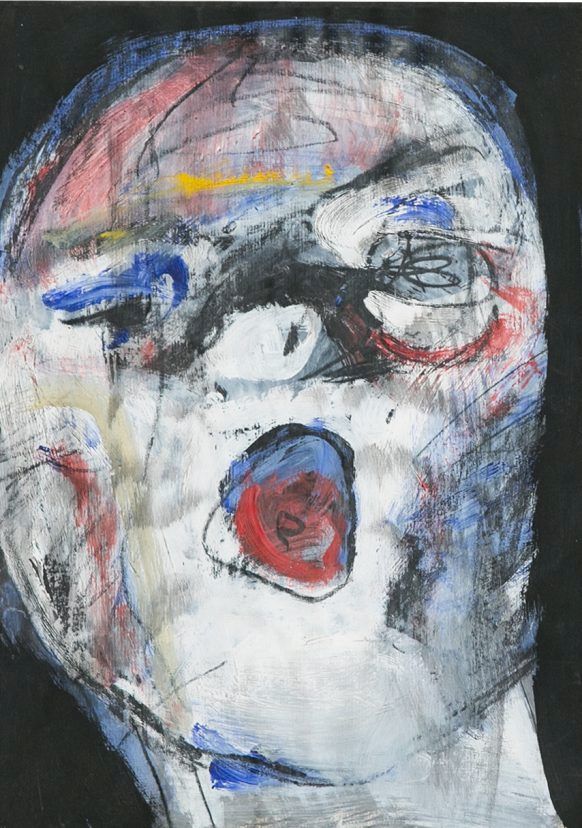Independent Collectors
Phenomena, Formations and Ideologies of Serbian Art
A term once suggested, and later on much quoted, for describing the Serbian art of the 1990s, was “art in a closed society”.

It implied the state of the local Serbian art scene in the circumstances of imposed political, economic and cultural isolation, particularly fatal in the first half of the decade. Although “closed” toward the surrounding environments and circumstances, the art scene flourished within its borders. After the decade ended, this highly intense artistic life was analyzed in several books and numerous texts in magazines and catalogues of exhibitions, and it is these publications that gather comprehensive documentary material as well as including include numerous critical reviews and historic-artistic evaluations, often coming from very different positions.
The nineties brought not only expectable and natural generational, language and media shifts to the local art scene, but – due to the eventual breakdown of the Yugoslav art space – also brought changes of scope and context surrounding the scene. As it is well known, it was a time of horrible decay in all fields of elementary existence, and it inevitably heavily affected artistic life as well. There wasn’t almost a single actor of artistic life who was spared of questioning how to act and react in such circumstances. Among many drastic and destructive social earthquakes and their consequences, leading museums and galleries (Museum of Contemporary Art and Students Cultural Centre Gallery) also suffered a hit from the political authorities of the time.
The second half of the decade was marked by yet another very visible shift in the mood of the local art scene: an awakening of fascinating energy and work enthusiasm among young artists, art production engagement in the current social and political events, establishment of new and strengthening of already existing institutions such as the following: Centre for Contemporary Art, Youth Biennale and the Contemporary Culture Centre Konkordija in Vrsac,Nadežda Petrović Memorial in Čačak from 1996 to 2000.
In such an atmosphere of newly awakened enthusiasm for political changes in 2000, another important chapter of the history of Serbian art 1950-2000, the chapter of “art surviving in a closed society” reached its end. Along with all the previous decades, it introduced national culture and its art of the second half of the century into the context of related and comparable international events, ideas and values.
Here, we present works from the Trajković Collection’s presentation “Phenomena, Formations and Ideologies of Serbian Art in the Second Half of the 20th Century”.





























